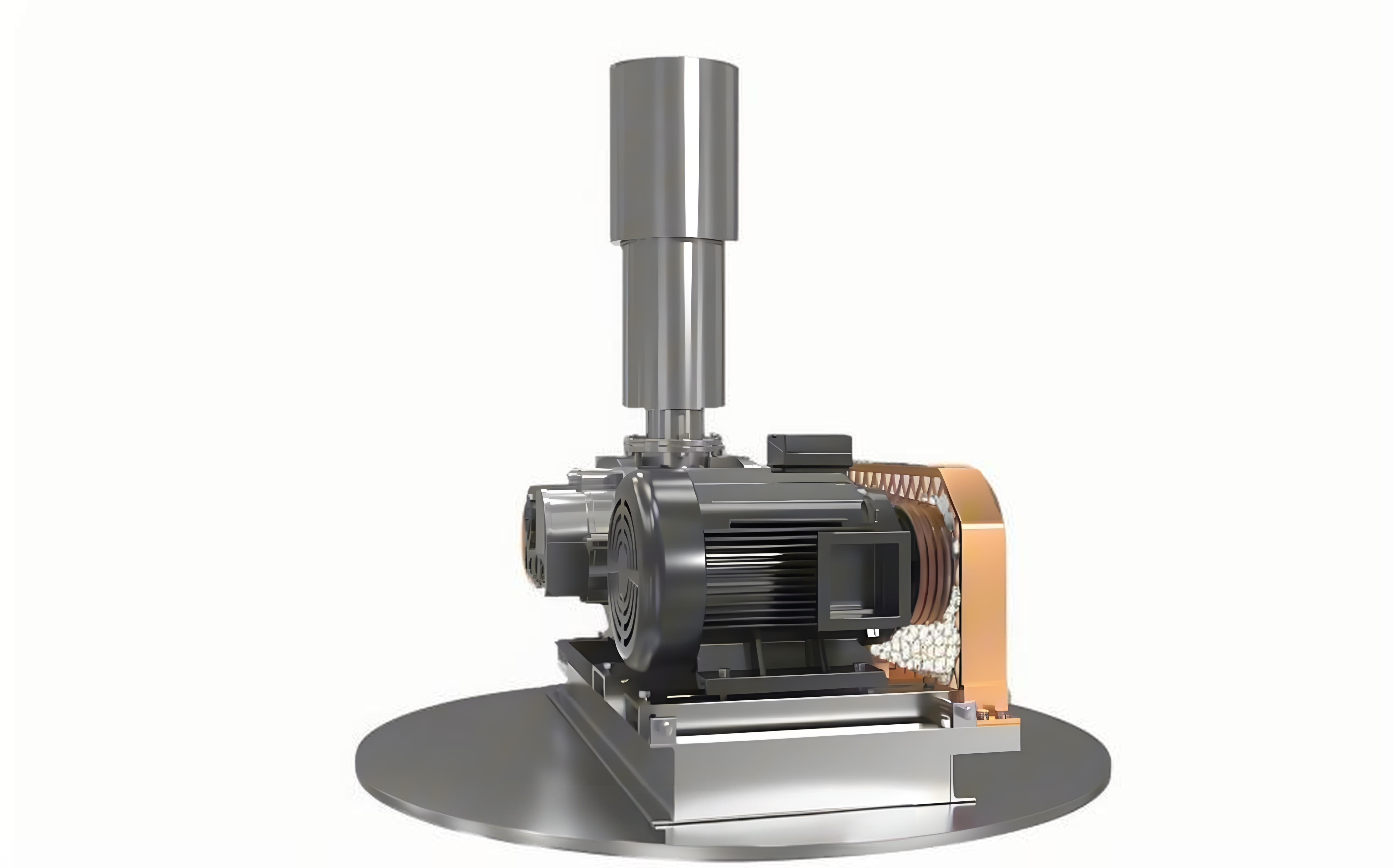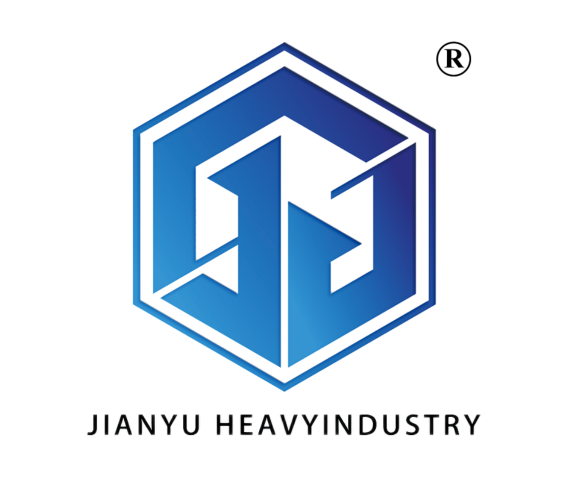air blower for fish farming
Air blowers for fish farming represent essential equipment in modern aquaculture operations, providing consistent and reliable oxygen supply crucial for aquatic life. These sophisticated devices work by compressing atmospheric air and delivering it through diffuser systems, creating optimal dissolved oxygen levels in fish ponds and tanks. The technology employs advanced impeller designs that maximize air output while minimizing energy consumption, making them both efficient and cost-effective. Modern fish farming air blowers feature precision-engineered components, including thermal protection systems, noise reduction technology, and durable materials that resist corrosion in humid environments. These units can be scaled to accommodate various pond sizes and stocking densities, with output capacities ranging from small-scale operations to industrial-scale aquaculture facilities. The systems often include smart monitoring capabilities that allow farmers to track oxygen levels and blower performance in real-time, ensuring optimal conditions for fish growth and survival. Advanced models incorporate variable speed controls, enabling farmers to adjust air output based on seasonal requirements and specific species needs, ultimately contributing to improved fish health and increased production yields.



